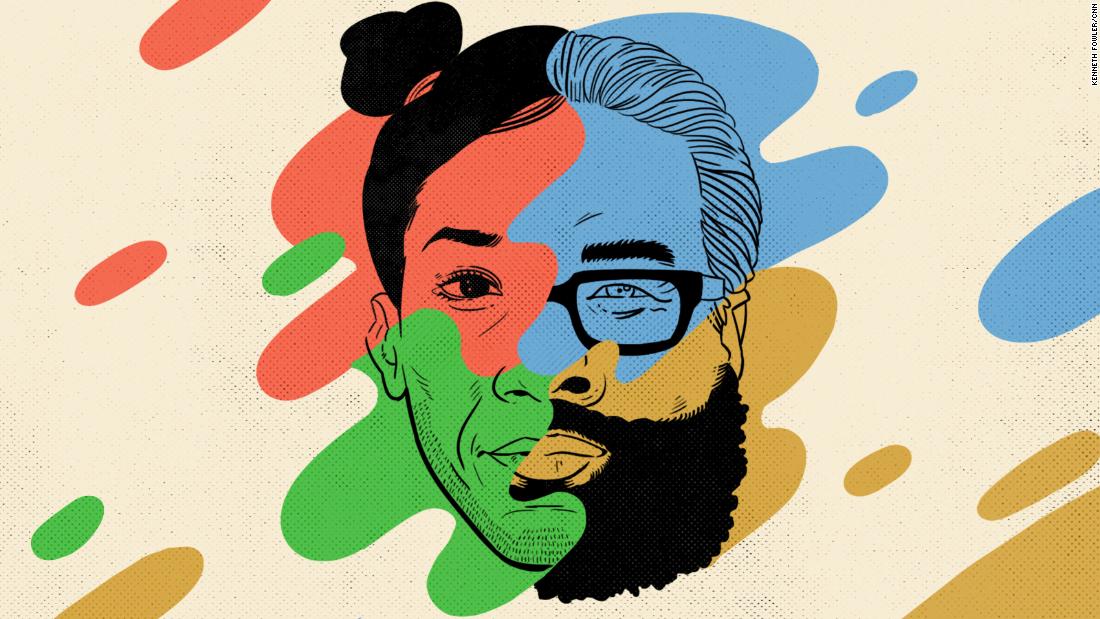Placing Racial Classification in ContextPosted in Articles, Census/Demographics, Media Archive, Social Science, United States on 2019-07-14 02:02Z by Steven |
Placing Racial Classification in Context
Socius: Sociological Research for a Dynamic World
First Published 2019-06-25
15 pages
DOI: 10.1177/2378023119851016
Robert E. M. Pickett, Ph.D. Candidate in Sociology and Demography
University of California, Berkeley
Aliya Saperstein, Associate Professor of Sociology
Stanford University, Stanford, California
Andrew M. Penner, Professor of Sociology
University of California, Irvine
This article extends previous research on place-based patterns of racial categorization by linking it to sociological theory that posits subnational variation in cultural schemas and applying regression techniques that allow for spatial variation in model estimates. We use data from a U.S. restricted-use geocoded longitudinal survey to predict racial classification as a function of both individual and county characteristics. We first estimate national average associations, then turn to spatial-regime models and geographically weighted regression to explore how these relationships vary across the country. We find that individual characteristics matter most for classification as “Black,” while contextual characteristics are important predictors of classification as “White” or “Other,” but some predictors also vary across space, as expected. These results affirm the importance of place in defining racial boundaries and suggest that U.S. racial schemas operate at different spatial scales, with some being national in scope while others are more locally situated.
